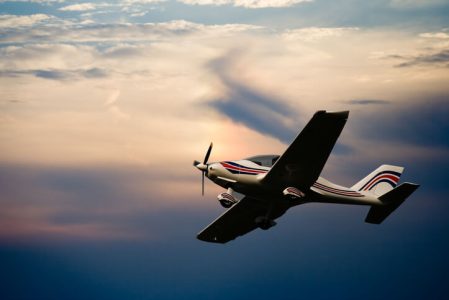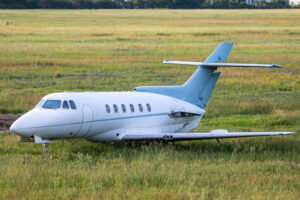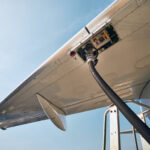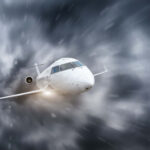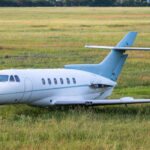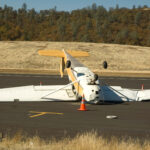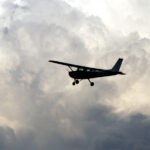Pilot Training and Spatial Disorientation
Pilot training often emphasized the importance of maintaining situational awareness, but few threats are as insidious—or as deadly—as spatial disorientation. For generations, instructors have drilled into students the dangers of trusting your senses over your instruments. Now, new technology may offer a powerful tool to bridge the gap between what we feel and what’s really happening in the cockpit.The Dangers of Spatial Disorientation
Spatial disorientation occurs when a pilot’s sensory perception of motion doesn’t match the aircraft’s actual attitude. It’s especially dangerous in conditions of poor visibility, such as night flying, clouds, or instrument meteorological conditions (IMC). According to the FAA, up to 10% of general aviation accidents are attributed to spatial disorientation, and 90% of those accidents are fatal. While pilot training teaches instrument scanning techniques and reliance on gyros, even seasoned aviators have fallen victim to the powerful illusions caused by vestibular and proprioceptive disconnect. Beyond training or tech innovations, the aviation record contains sobering real‑life accidents tied directly to spatial disorientation. A case many know: on July 16, 1999, John F. Kennedy Jr. piloted a Piper Saratoga over water toward Martha’s Vineyard at night, in hazy conditions and without an instrument rating. The NTSB concluded he “failed to maintain control… during a descent over water at night… as a result of spatial disorientation” . Similarly, in March 2021, a Cessna Citation crashed shortly after takeoff over Percy Priest Lake. The pilot entered clouds at about 1,300 ft and likely suffered a somatogravic illusion, misinterpreting rapid acceleration as a pitch‑up. He failed to effectively scan instruments and lost control during climb, leading to a fatal descending turn . These tragedies underscore a difficult truth: even capable pilots can be overtaken by inner‑ear illusions when visual cues vanish. They reinforce why pilot training, layered with simulator exposure to disorientation and augmented by emerging wearable alert devices, is vital to preventing history from repeating itself.Wearable Devices
Enter the latest advancement: wearable spatial orientation awareness devices. These cutting-edge tools are currently being tested and refined to provide real-time feedback to the pilot, using vibration, haptics, or visual cues to signal changes in orientation. Some are designed as vest-like garments, while others resemble shoulder harnesses or slim torso wraps. The goal is to create an intuitive, body-based backup system to complement traditional instruments—and perhaps save lives when the brain and inner ear send conflicting messages.Benefits of Spatial Orientation Devices for Pilot Training:
These systems are not meant to replace training, but to augment it, especially in simulators or scenarios where spatial illusions can be safely replicated. Here’s how they could play a vital role:- Early detection of unusual attitude changes, especially in instrument meteorological conditions (IMC).
- Real-time feedback through tactile signals (buzzers, pulses, vibrations).
- Enhanced awareness during upset recovery training.
- Valuable CFI tool for demonstrating disorientation illusions in a safe environment.
- Confidence-building aid for new instrument students or transitioning VFR-only pilots.

